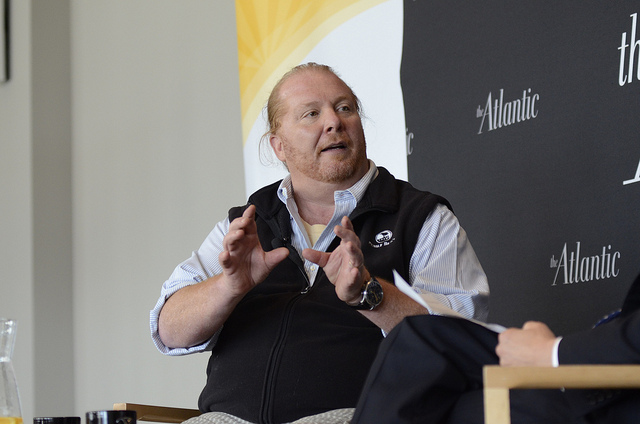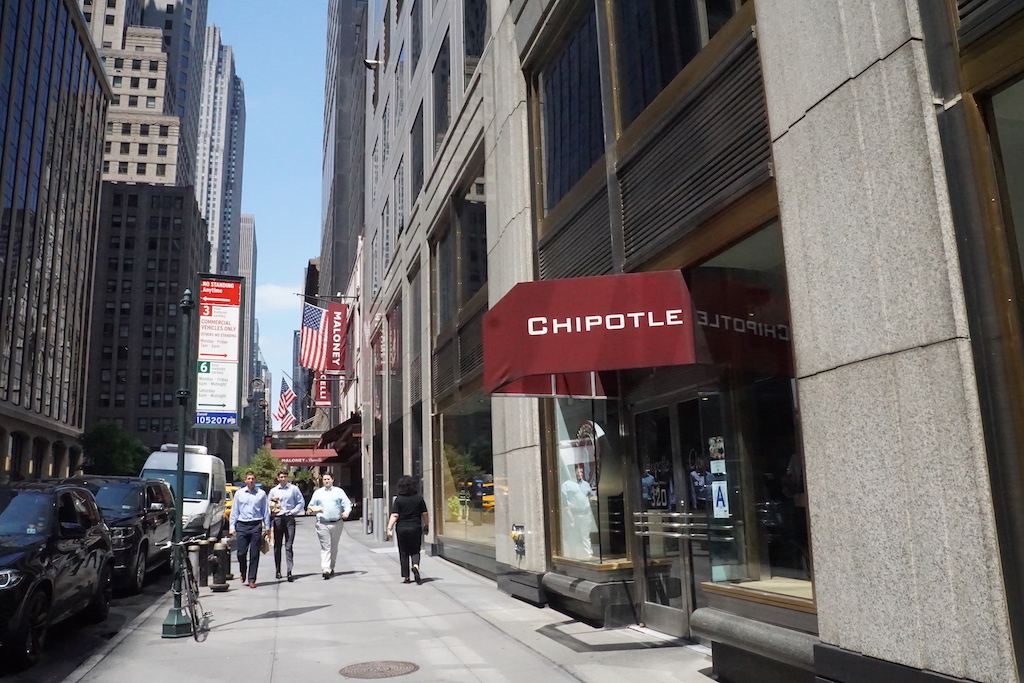Rate expectations. In 2010, the New York City Health Department began requiring restaurants in all five boroughs to post letter grades reflecting their sanitary inspection scores. Suddenly, the name of a favorite corner joint became harder to remember than the bold, green “B” or orange “C” posted in its window. And New Yorkers got a fresh way to tally up value in a guidebook-giddy, three-star-preoccupied city, where “ratings” can alter a chef or restaurant’s economy virtually overnight.
There are plenty of ways to evaluate our restaurant experiences: a quick skim through Yelp calls up a roster of cheers and jeers from consumer reviewers, nationwide, about everything from saucing to service. But what about a restaurant’s value, beyond taste? How do we measure impact, for instance, or claims about sourcing and sustainability?
The Good Food 100 Restaurants list, launching Thursday, aims to make such an evaluation possible. A project of the nonprofit Good Food Media Network, co-founded by food industry entrepreneur Sara Brito (whose pilot economic impact analysis with seven Denver chefs we reported on here), the new, annual survey spotlights restaurants—from fast casual to fine dining to food delivery—that use their purchasing power to support local food economies.
The ratings are based on online survey data analyzed by University of Colorado, Boulder’s Leeds School of Business, and Good Food 100 Restaurants are measured by the percentage of their total food purchases spent in support of local, regional, and national producers and purveyors. The survey is still collecting data from interested restaurants and food service operations, who can self-report their good food purchases here.
The official list will be announced in June 2017. Gentlepeople, gather ye data.










